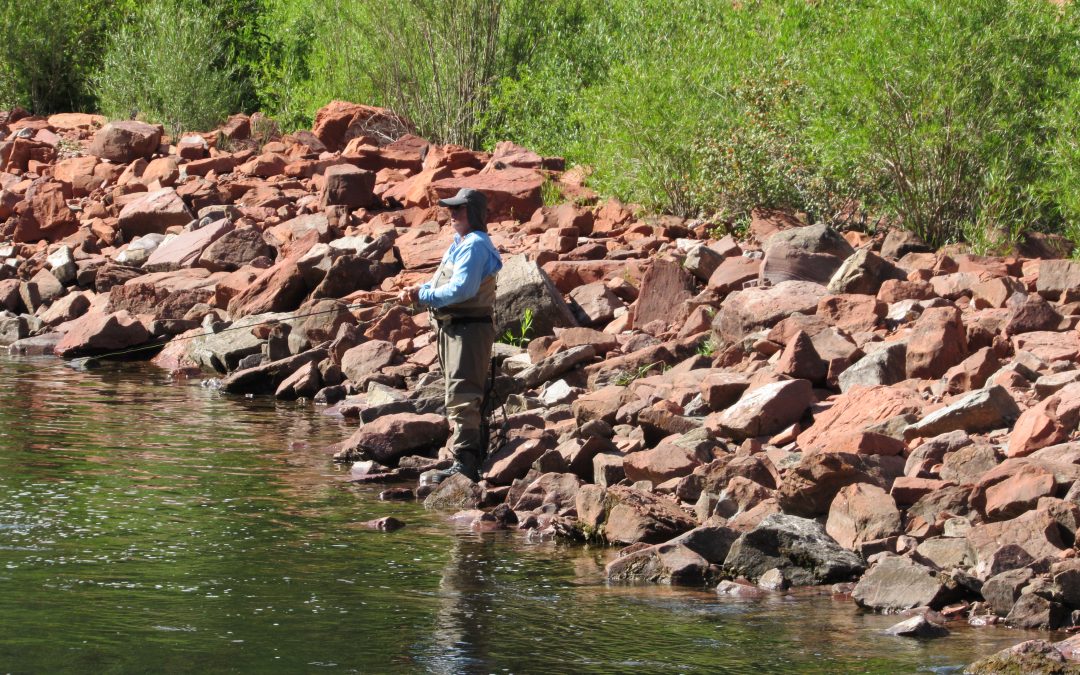Beneath the noise that erupted in Colorado last week after three super-sized statewide tax measures on roads and schools failed was some quieter news: Four county measures to raise or extend sales and property taxes to fund land and water conservation passed, demonstrating the power of local communities to approve new funding even when state measures fail.
To political analysts, the victories were noteworthy, in some cases because they reflect months of community meetings to develop a consensus on how best to proceed.
“These were not anomalies,” said Gini Pingenot, legislative director for Colorado Counties Inc., which represents Colorado’s 64 counties. “This happened because local communities are keenly aware of what they need.”
Across the state some 70 percent of requests to raise or extend local sales and property taxes succeeded, Pingenot said.
In total, more than $50 million in new revenue was created by these four land and water-focused initiatives. They include:
Denver’s Referred Ballot Question 2A asked voters to raise the city and county sales tax .25 percent, or 25 cents on a $100 purchase, with funds dedicated to acquiring and improving park lands and restoration of waterways. The tax is permanent and is estimated to raise roughly $46 million annually to add to the city’s park system and to improve its waterways.
Eagle County’s Ballot Question 1A asked voters to extend a 1.5 mill property tax to protect working farms, wildlife habitat, wetlands, floodplains and public access points to rivers and streams. The tax is estimated to generate $4 million to $4.5 million annually, according to proponents, and will extend through 2040.
Chaffee County’s Ballot Question 1A asked for a new sales tax of .25 percent or 25 cents on a $100 purchase. This tax is permanent and is estimated to generate $1.2 million annually, a portion of which will protect watersheds in the region. An advisory board will determine how the money is handed out.
And finally, Park County Ballot Question 1A extended an existing sales tax, in place since 1997, for water and land conservation. An accompanying measure, 1B, which also passed, expands the kinds of projects the fund can finance. It is estimated to raise $850,000 annually and extends through 2028.
“It’s really impressive,” said Ben Lenth, community conservation manager for Colorado Open Lands. Lenth worked on the Park County pro-1A campaign and, as a resident of Chaffee County, voted for the new sales tax there.
“What’s been so innovative about what Park County has been able to do is to address watershed health very holistically. Historically, Park County’s streams were broad floodplains with broad riparian areas and those channelized over time. So there’s been a lot of great work to restore them. It has really allowed science to advance,” Lenth said.
As a resident of Chaffee County, Lenth spent several months, along with some 1,500 other local residents, meeting to discuss what everyone, from farmers and ranchers to rafting companies and hikers, would like the sales tax to accomplish.
He credits that extended public process – all of which occurred over a 12-month period before the tax question was placed on the ballot – with the measure’s success.
“The community did not want a standard open space program. They wanted something that could be used creatively, and they realized that water is critical to the program’s goals, protecting agriculture, forest health and managing the impacts of recreation,” he said.
Analysts, such as Pingenot and others, said the success of these small, regional land and water taxes won’t translate well to the need to fund Colorado’s Water Plan, for which the potential of a ballot measure is being explored by several entities. Voters, they believe, will be reluctant to give state government large sums of cash to fund the plan unless the state can convince them it has a sound plan for spending it well and fairly.
Initial estimates indicate $100 million annually over the next 20 years or so will be needed to pay for the plan’s objectives, which include protecting agriculture, implementing aggressive water conservation programs, protecting fish and streams, and funding new water projects that will help quench the state’s growing thirst.
The Colorado Municipal League, which represents hundreds of cities across the state, has been part of an early group examining how the state’s water plan could be funded, a question they hope to answer in time for the 2020 elections, according to Deputy Director Kevin Bommer. The group was convened by the Walton Family Foundation, among others. (Editor’s note: The Walton Family Foundation is a funder of Fresh Water News.)
“The challenge with water is that interest in it ebbs and flows. There is more interest when there is drought. People will vote for a [statewide] measure if they understand the direct connection.
“Yes, it’s big and scary when you think about future water scenarios [including the large, forecasted gap between supply and demand], but people probably aren’t scared enough yet,” he said.
Still some money is already being targeted to help fund the state’s water plan. State lawmakers provided $10 million in 2017 and $7 million this year, and outgoing Gov. John Hickenlooper has asked for $30 million annually for three years to finance the plan. That money would come from the state’s general fund and would have to be approved by incoming Gov. Jared Polis and the 2019 General Assembly.
Jerd Smith is editor of Fresh Water News. She can be reached at 720-398-6474, via email at jerd@wateredco.org or @jerd_smith.
Fresh Water News is an independent, non-partisan news initiative of Water Education Colorado. WEco is funded by multiple donors. Our editorial policy and donor list can be viewed here.


 Print
Print